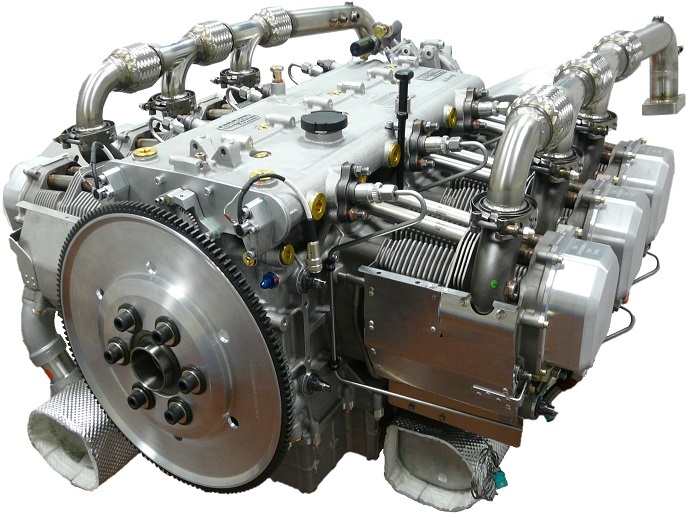A cost-effective and eco-friendly aeroengine concept supports small air transport
The expansive EU-funded Clean Sky(opens in new window) programme, a joint public private partnership between the EU and the European aeronautics industry, supports the reduction in emissions and noise produced by aircraft. As part of Clean Sky 2, the CS2 WP714 DE project developed a pioneering high power density engine architecture for small air transport (SAT).
No two are quite the same
When it comes to aircraft engine technology, multiple architectures address aircraft size, cruising altitude and flight distance. Piston engines use hot gas from fuel combustion to drive the piston motion that turns the crankshaft, and thus the propeller; exhaust is a waste product. Turbopropeller engines (turboprops) are also internal combustion engines; however, exhaust is the primary product spinning turbines that turn the gears and spin the propellers. Typically, turboprop aircraft are most efficient at higher altitudes and higher speeds; piston engines are less powerful and generally used in smaller aircraft. According to CS2 WP714 DE coordinator Vincent Maginot, of Danielson Engineering(opens in new window): “the existing piston technology for the low power range (general aviation or small commuter aircraft) faces several challenges. It either burns leaded gasoline (aviation gasoline (AVGAS)) with high fuel consumption per unit power output, or Jet A (a mixture of kerosene) with low power output per unit volume (power density).” AVGAS, as a leaded fuel, is facing restrictions in Europe, is more expensive than Jet A and is often less available. Thus, the goal was to design a piston engine of high power density, with low fuel consumption for a given power range and capable of providing power up to 300 kW (about 400 hp) at low rotation speed to reduce noise.
Onward and upward
The novel SR460(opens in new window) engine is the 6 cylinder evolution of the SR305(opens in new window), a 4 cylinder piston engine of 230 hp, currently in production by SMA(opens in new window). Maginot explains: “Danielson Engineering and DFM Europe(opens in new window) improved the design of the entire engine architecture, taking into account thermomechanical loads, weight considerations and modern materials. Furthermore, the engine cooling system was designed to increase the engine performance and reliability while meeting aeronautical specifications for parameters including safety, fire resistance and environment compliance.” The thermal management system, an important consideration from the beginning, delivered even greater benefits than expected. The main heat exchanger is an oil cooler. This concept was tested for two configurations. In addition, using inherent sources, such as mechanical vibration, to improve heat transfer contributed significantly to overall engine performance at no financial cost.
A new engine architecture takes flight
CS2-WP714-DE successfully prototyped and tested four enhanced engines. “Within three short years, we delivered prototypes that offer an important alternative to conventional gasoline-based piston engines and small turboprop engines. They reduce fuel burn between 50-60 % relative to the turboprop for the same power range and use affordable and available fuel with low environmental impact. They will directly support our colleagues working on the next phase, engine installation and optimisation, who can now take the engine architectures to higher heights of technology readiness,” outlines Maginot. The SAT market can look forward to a competitive alternative to current engines that also lowers CO2 emissions, eliminates the need for leaded gasoline and reduces noise.







